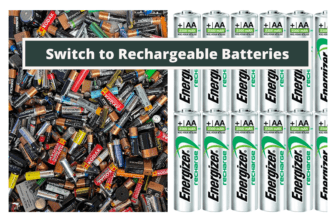Fireworks are as much a part of the big 4th of July celebration as picnics and barbecue, but here’s a simple fact. What goes up in that beautiful burst of light and color—chemicals, pollutants, debris, and sparks—must come down. And what doesn’t come down hangs in the air.
- Fireworks contaminate water. Most fireworks release the chemical ammonium perchlorate, which ultimately contaminates the ground as well as water sources, harming aquatic life.
- Fireworks are a fire hazard. July 4th is the worst day for human-caused wildfires. (Between 1992 and 2015, humans started 7,000 wildfires on Independence Day.) Draughts—many a result of climate change—are prime conditions for wildfires.
- Fireworks spread chemicals. Fireworks’ vibrant colors come from strontium, copper, lead, and other toxins that are harmful to humans and animals. We may inhale them for short periods, but they’re more toxic than everyday pollutants.
- Fireworks pollute the air. Post-fireworks air quality analysis around the the world shows big pollution spikes. A 2015 US study at 315 July 4th fireworks sites found an increase of particulate matter from 42% to 370%, some lasting until noon the next day.
- Fireworks release CO2. In the US each year, fireworks emit 60,340 metric tons, the equivalent of 12,000 gas-powered cars.
Our work at Planetarian Life is simply to understand how our actions impact the Planet. What we choose to do is up to us. However you celebrate, Independence Day, enjoy a wonderful and safe 4th of July!




